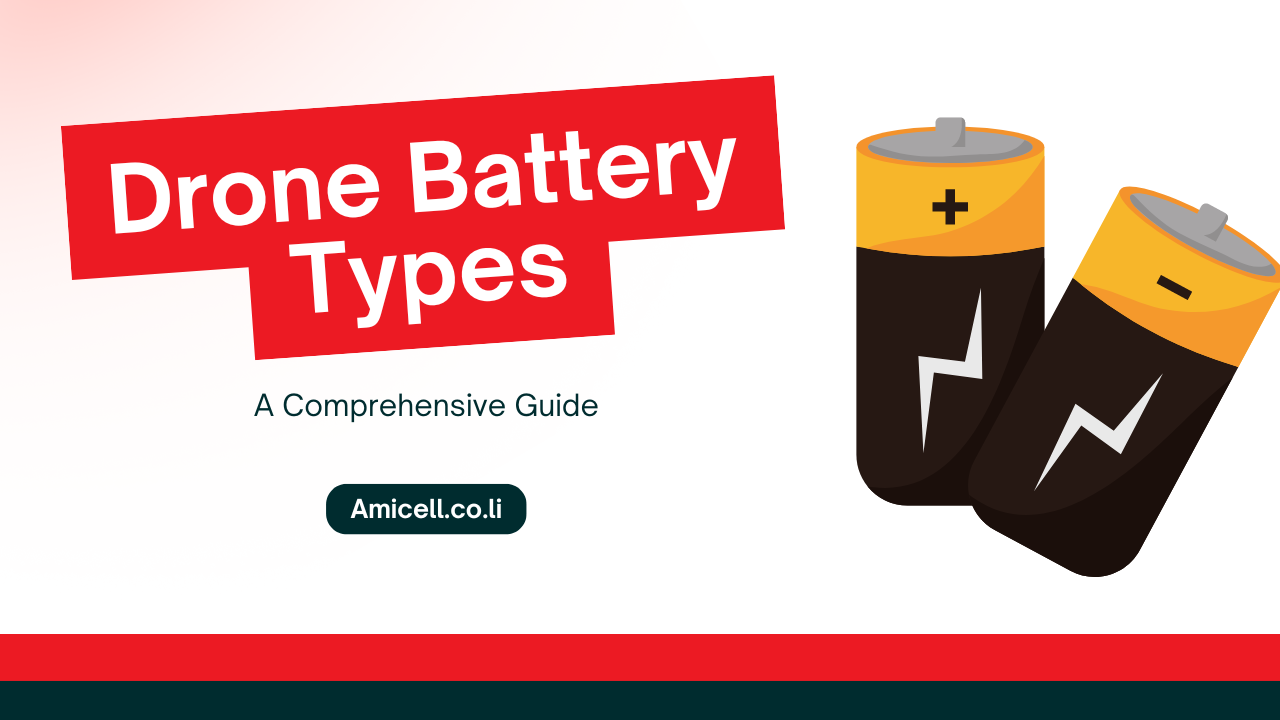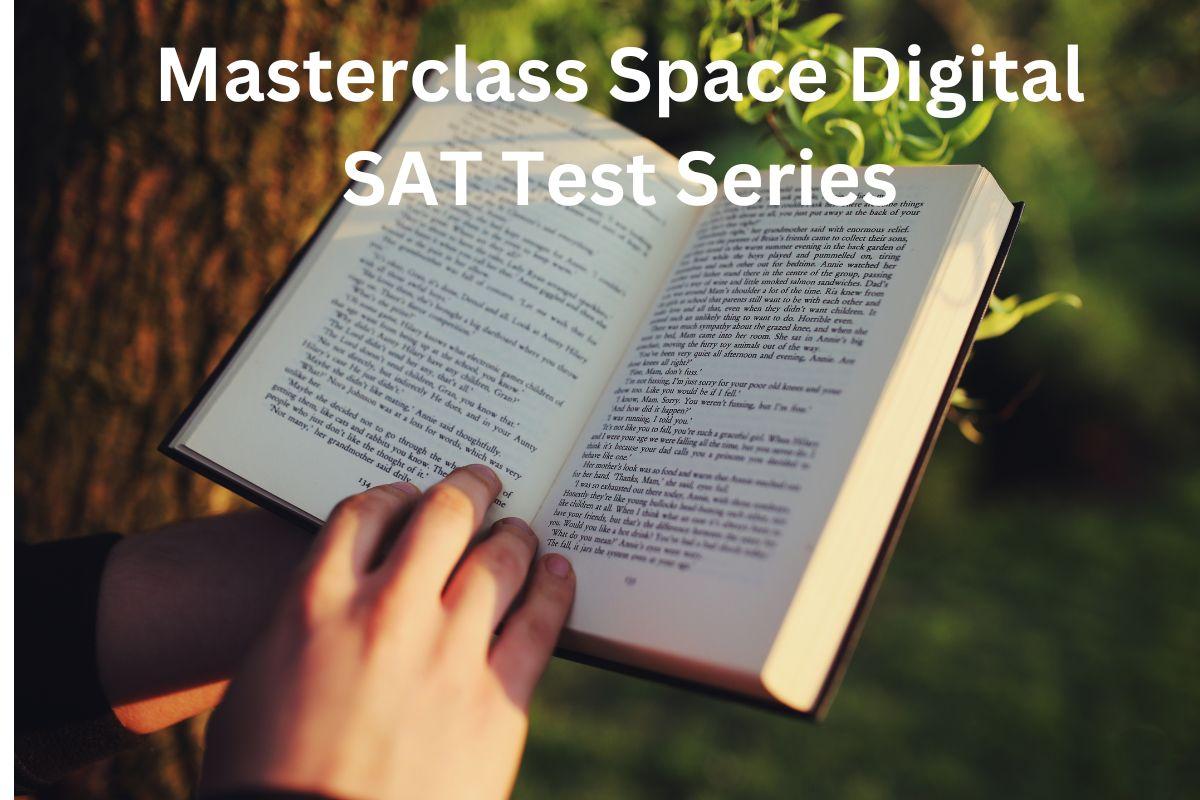Drones have taken the world by storm, becoming indispensable tools for photography, surveying, and even delivery services. But one of the most critical components that determines a drone’s performance is its battery. Understanding the different types of drone batteries, their pros and cons, and how to choose the right one for your needs is important for maximizing your drone’s capabilities.
Why is Drone Battery Important?
The type of battery you choose for your drone impacts more than just how long it stays in the air. It affects the drone’s weight, the time it takes to recharge, and even the safety of its operation. Understanding these factors can help you make informed decisions when purchasing or upgrading your drone.
Overview of Different Drone Battery Types
There are several drone battery types available, each with its own set of characteristics. The most common types include Lithium Polymer (LiPo), Lithium-Ion (Li-Ion), Nickel-Metal Hydride (NiMH), Nickel-Cadmium (NiCd), and the emerging Solid-State batteries. Each type offers unique benefits and challenges, depending on your drone’s requirements and how you intend to use it.
Types of Drone Batteries
Lithium Polymer (LiPo) Batteries
LiPo batteries are the most popular choice for drones, especially in the hobbyist and professional markets.
Characteristics of LiPo Batteries
LiPo batteries are known for their high energy density, lightweight, and ability to provide a steady voltage throughout the discharge cycle. They come in various shapes and sizes, making them versatile for different drone models.
Advantages and Disadvantages of LiPo Batteries
Advantages:
-
High Energy Density: Offers longer flight times.
-
Lightweight: Reduces the overall weight of the drone, improving agility.
-
Steady Voltage: Provides consistent performance during flight.
Disadvantages:
-
Sensitive to Damage: LiPo batteries can be easily damaged by overcharging, discharging, or physical impact.
-
Safety Concerns: There is a risk of fire if not handled properly.
Lithium-Ion (Li-Ion) Batteries
Li-Ion batteries are another popular choice, particularly in commercial drones.
Characteristics of Li-Ion Batteries
These batteries have a high energy density but are generally heavier than LiPo batteries. They are known for their long cycle life and stability, making them ideal for drones that require long-lasting power.
Advantages and Disadvantages of Li-Ion Batteries
Advantages:
-
Long Cycle Life: Can be recharged many times without significant degradation.
-
Stable Performance: Less prone to overheating and safer than LiPo batteries.
-
High Energy Density: Provides ample power for extended use.
Disadvantages:
-
Heavier than LiPo: This can reduce the drone’s agility and flight time.
-
Longer Charging Time: Takes more time to recharge compared to LiPo batteries.
Nickel-Metal Hydride (NiMH) Batteries
NiMH batteries are less common in drones but still used in some models, especially older or entry-level drones.
Characteristics of NiMH Batteries
NiMH batteries are known for their durability and ability to handle a large number of charge cycles. They are generally safer and more stable than LiPo batteries but offer less energy density.
Advantages and Disadvantages of NiMH Batteries
Advantages:
-
Durable: Can withstand many charge and discharge cycles.
-
Safer: Less prone to overheating and thermal runaway compared to LiPo batteries.
-
Environmentally Friendly: Easier to recycle than other battery types.
Disadvantages:
-
Lower Energy Density: Results in shorter flight times.
-
Heavier: Adds extra weight to the drone, affecting performance.
Nickel-Cadmium (NiCd) Batteries
NiCd batteries are one of the oldest types used in drones and have mostly been replaced by newer technologies.
Characteristics of NiCd Batteries
NiCd batteries are robust and can handle extreme conditions, but they are heavy and have a lower energy density compared to LiPo and Li-Ion batteries.
Advantages and Disadvantages of NiCd Batteries
Advantages:
-
Durable: Can withstand harsh conditions and frequent use.
-
Resistant to Memory Effect: Can be recharged without losing capacity over time.
Disadvantages:
-
Heavy: Adds significant weight to the drone, reducing flight efficiency.
-
Lower Energy Density: Limits flight time.
-
Environmental Concerns: Contains toxic cadmium, making disposal challenging.
Solid-State Batteries
Solid-state batteries are an emerging technology in the drone industry, offering exciting possibilities for the future.
Characteristics of Solid-State Batteries
These batteries use a solid electrolyte instead of a liquid one, providing greater safety and energy density. They are still in the development phase but show promise for next-generation drones.
Advantages and Disadvantages of Solid-State Batteries
Advantages:
-
High Energy Density: Potential for longer flight times and higher power output.
-
Enhanced Safety: Less risk of leakage, fire, or explosion.
-
Lightweight: Could be lighter than traditional LiPo and Li-Ion batteries.
Disadvantages:
-
High Cost: Currently expensive to produce.
-
Limited Availability: Not widely available yet for consumer drones.
Choosing the Right Battery for Your Drone
Choosing the right battery for your drone is important for getting the best flight experience. Amicell the Energy Systems Design & Manufacturing is a top battery manufacturer that offers a wide range of drone batteries at affordable prices. Whether you need a Lithium Polymer (LiPo) battery for high power or a Lithium-Ion (Li-Ion) battery for longer life, Amicell has you covered. Their batteries are known for being reliable and budget-friendly, making them a great choice for both beginners and professionals. Shop with Amicell to find the perfect battery for your drone at a price that won’t break the bank.
Comparison of Drone Battery Types
Choosing the right battery for your drone depends on several factors. Here’s a closer look at how the different battery types compare:
Energy Density
LiPo and Li-Ion batteries offer the highest energy densities, making them ideal for drones that require long flight times. NiMH and NiCd batteries have lower energy densities, resulting in shorter flights.
Weight and Size
LiPo batteries are the lightest, which is why they’re favored in performance-oriented drones. Li-Ion batteries are slightly heavier, and NiMH and NiCd batteries are the heaviest, often used in applications where weight is less of a concern.
Charging Time
LiPo batteries charge relatively quickly, while Li-Ion batteries take longer. NiMH and NiCd batteries generally have the longest charging times, which can be a drawback for frequent flyers.
Longevity and Cycle Life
Li-Ion batteries excel in cycle life, offering hundreds of charge cycles with minimal capacity loss. NiMH batteries also offer good longevity, while LiPo batteries, though powerful, have a shorter lifespan.
Safety Considerations
Safety is crucial when dealing with drone batteries. LiPo batteries, while powerful, require careful handling to avoid damage or fire. Li-Ion batteries are safer and more stable, making them a good choice for beginners. NiMH and NiCd batteries are robust but heavier, which could affect your drone’s performance.
Battery Maintenance and Care
Proper maintenance and care are crucial for ensuring the longevity and optimal performance of your drone batteries. Just like any other piece of technology, drone batteries require attention and careful handling to maintain their efficiency and prevent potential hazards.
Tips for Extending Battery Life
-
Avoid Overcharging: Always use a compatible charger and avoid leaving your battery on charge for too long.
-
Store Properly: Store batteries in a cool, dry place, ideally at a partial charge.
-
Balance Charging: For LiPo batteries, balance charging ensures that all cells are charged equally, preventing damage.
Conclusion
Understanding the different types of drone batteries is key to optimizing your drone’s performance. Whether you’re a beginner looking for a safe and reliable battery or a professional seeking the best power-to-weight ratio, there’s a battery type that suits your needs. By considering factors like energy density, weight, charging time, and safety, you can make an informed decision that enhances your drone flying experience.
FAQs
What is the best battery type for long flight times?
LiPo and Li-Ion batteries are generally the best for long flight times due to their high energy density. Among these, LiPo batteries are lighter and provide more power, making them ideal for extended flights.
How do I safely dispose of old drone batteries?
Drone batteries should be disposed of at a designated battery recycling center. Never throw them in the trash, as they can be hazardous. It’s also advisable to discharge the battery fully before disposal.
Can I upgrade my drone’s battery to a higher capacity?
In many cases, yes, but you need to ensure the new battery is compatible with your drone’s specifications. Upgrading to a higher capacity battery can increase flight time, but it may also add weight, affecting performance.
How do weather conditions affect drone battery performance?
Cold weather can reduce battery efficiency, shortening flight times, while hot weather can cause overheating. It’s important to monitor battery temperature and avoid flying in extreme conditions.
What should I do if my drone battery overheats?
If your drone battery overheats, stop using it immediately and allow it to cool down in a safe, open area. Do not attempt to charge it until it has returned to a normal temperature, and check for any signs of damage before using it again.




